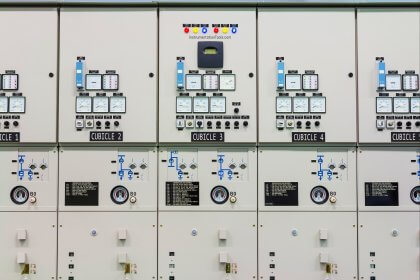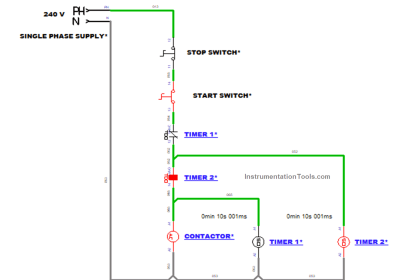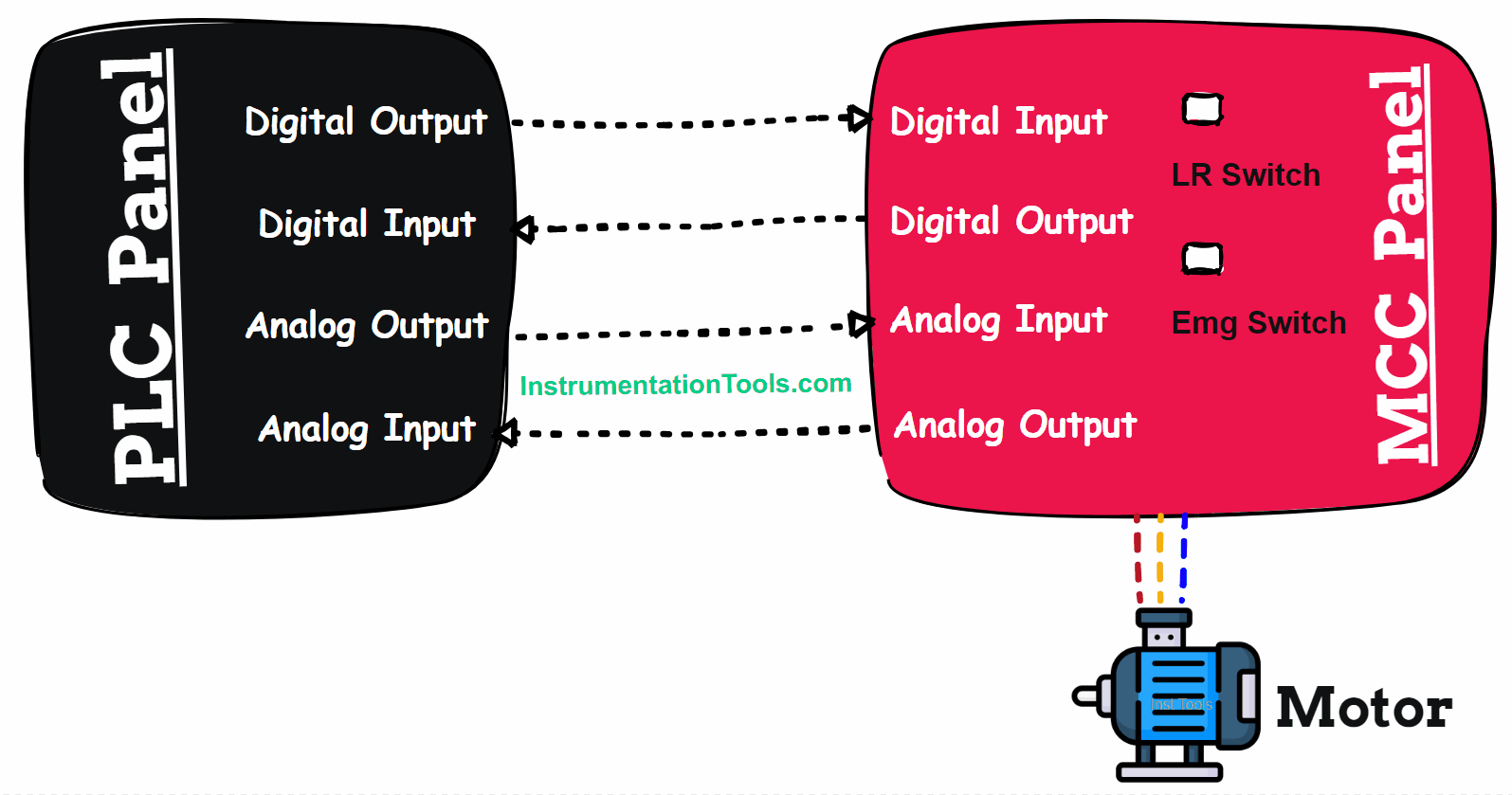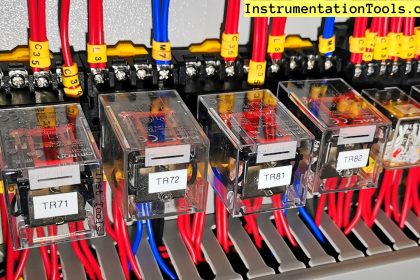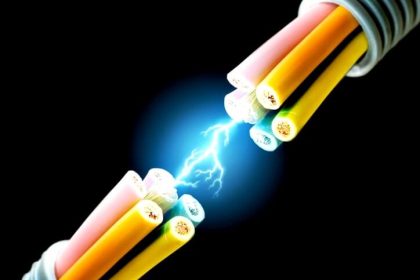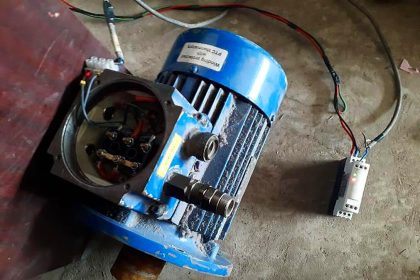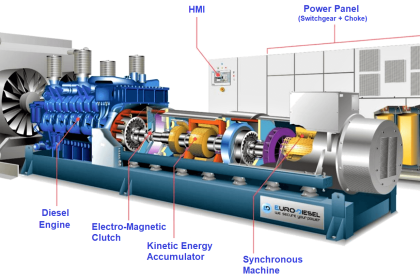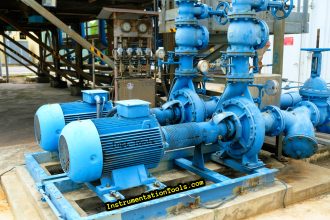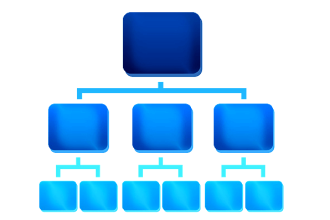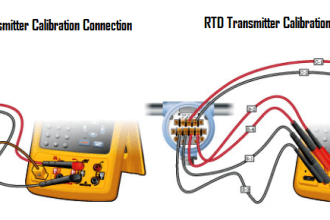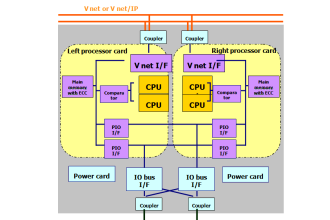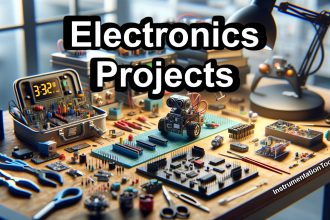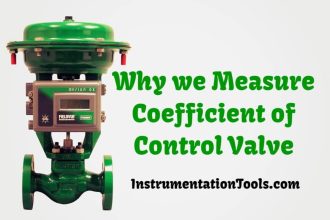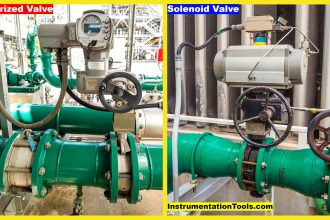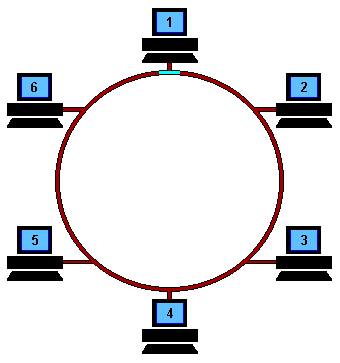In this post, we will see the concept of an electrical substation.
Substations play a very important part in electrical engineering. It is the core of power generation, transmission, and distribution segments. Every electrical engineer must have knowledge of it.
In this post, we will understand the concept of an electrical substation.
What is a Substation?
As we all know, electricity is generated from power plants. The power plants are located very far away from the residential or end-user sites, due to various reasons like environmental hazards, safety purposes, prevention of pollution, etc.
For example, a thermal power plant generates a lot of pollution and due to this reason, it is located far away from the customer. Now, these power plants can be kilometers and miles away from the users.
To minimize the electrical losses, power generated from power plants is stepped up first (transmission stage). This is because losses occur less in high voltages and they can then travel longer distances.
But, this high voltage cannot be directly fed to the consumers. So, it needs to be stepped down then (distribution stage). These stages between power plants and consumers are achieved through a substation.
A substation is nothing but a part of an electrical system that aids in the generation, transmission, and distribution of electricity.
Refer to the below image for understanding.
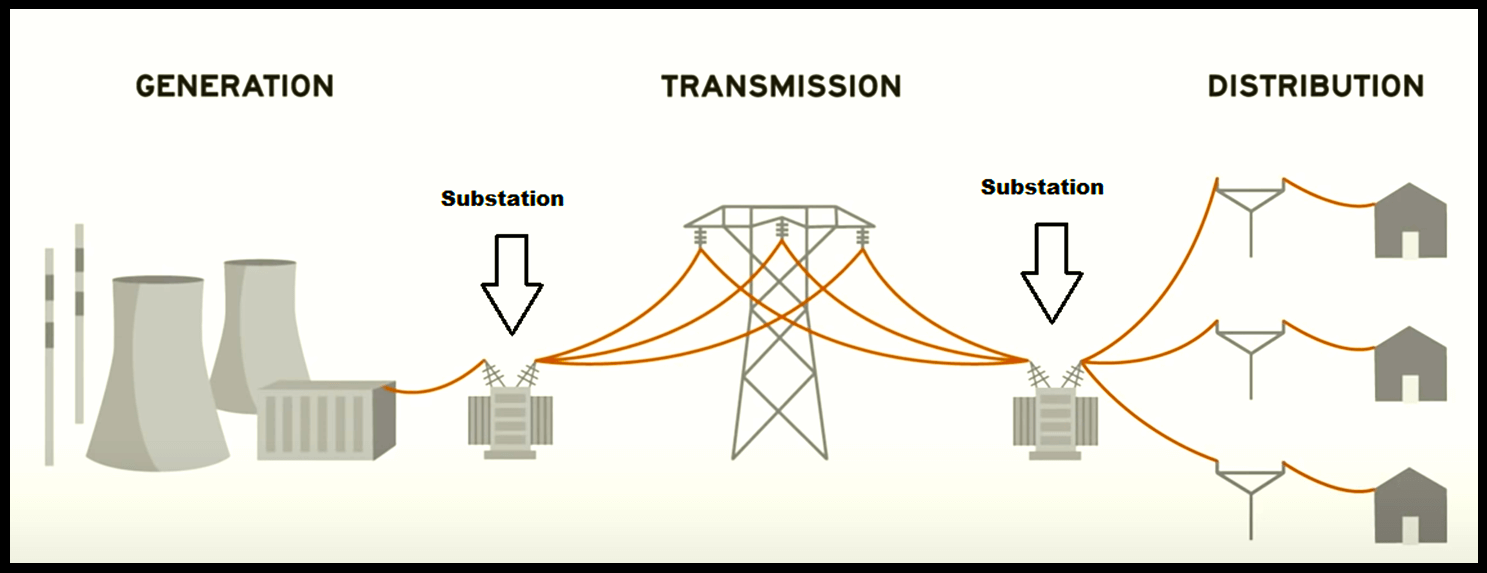
One main advantage is that you can also create redundancy with the substations.
For example, it is not necessary that the substation receives power from only a particular power source. It can receive power from two or more sources, and the design can then be done to route the next part according to the requirement. This ensures that the power never fails to be supplied to the end user.
Basically, all the major components of an electrical system like transformers, circuit breakers, fuses, isolators, high voltage switches, grounding rods, conductors, fire barriers, etc. are present in a substation.
Substations are covered by fences and implemented with warning signs everywhere to keep normal citizens at bay due to such a large amount of electrical activity involved.
Various substations are designed in their individual way to meet the various types of consumer demands; from residential to commercial to industrial. So, Substations are an important part of electrical infrastructure that helps in protecting and control the power.
Purpose of an Electrical Substation
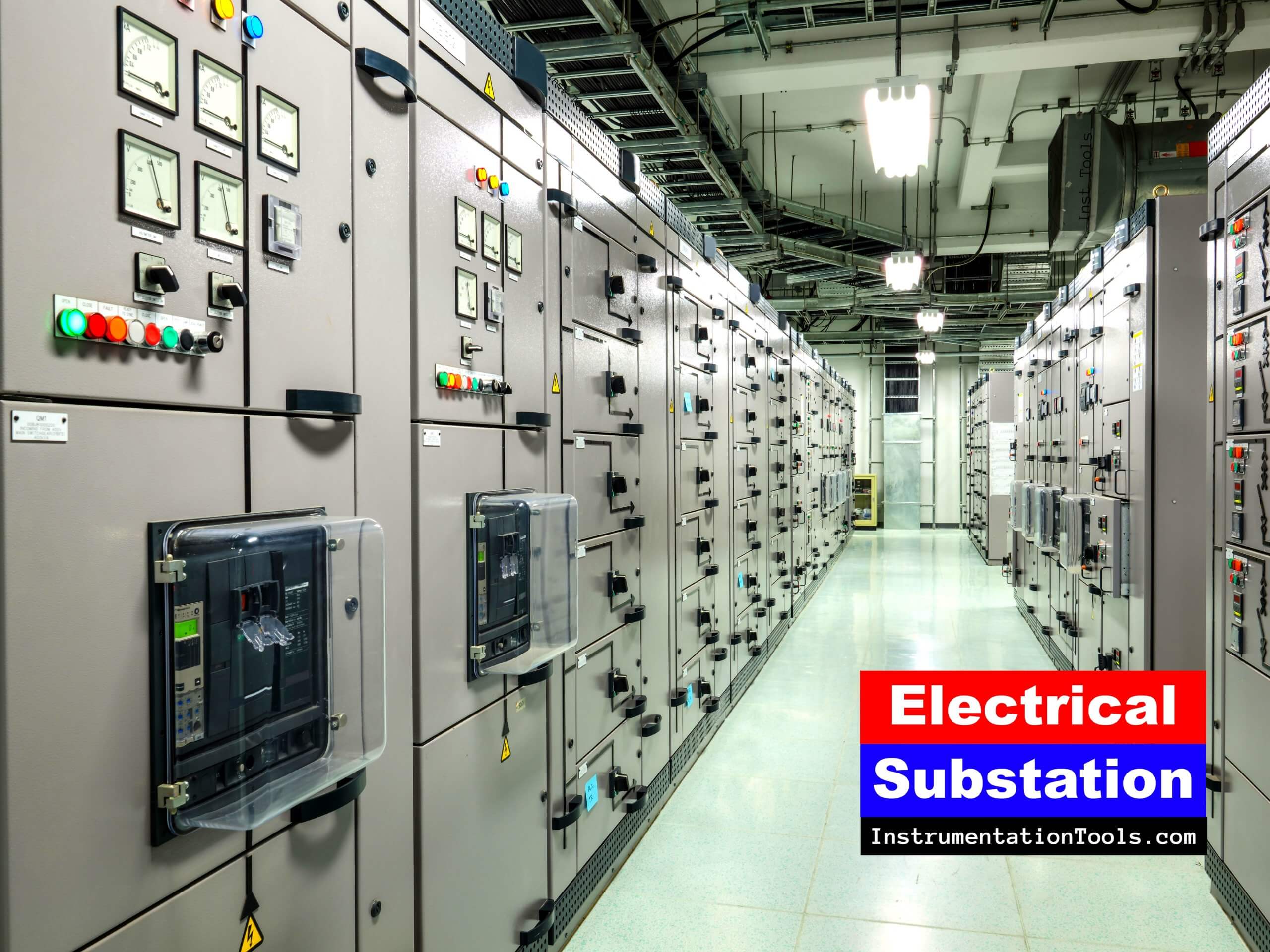
As discussed earlier, the primary function of a substation is voltage conversion (from low to high or high to low).
Substations can be simply viewed as points between two main stations. Whenever you want to do some maintenance work between certain points, you can simply shut down the particular substation.
Due to this, the corresponding part will be isolated and you can work independently without the need to shut down the entire electricity route. This also saves time and money to a large extent. You can refer to the image shown below.
Consider the two circles as power stations and users respectively. The square boxes in between are substations. If you want to carry some work between 2 and 3, then simply turn off both these substations. Your work will be done as the remaining parts will remain isolated from each other.

Substations have circuit breakers in them. This gives automatic protection to the whole line. If any tripping occurs in a part, then the circuit breaker will isolate that part and the circuit will remain safe.
If you want to do load shedding to save power due to some reasons, then instead of blacking out the whole circuit, you can just turn off a particular substation which will black out only a particular area. This helps in the controlled management of electricity.
In this way, we got to know the basic concept of an electrical substation.
